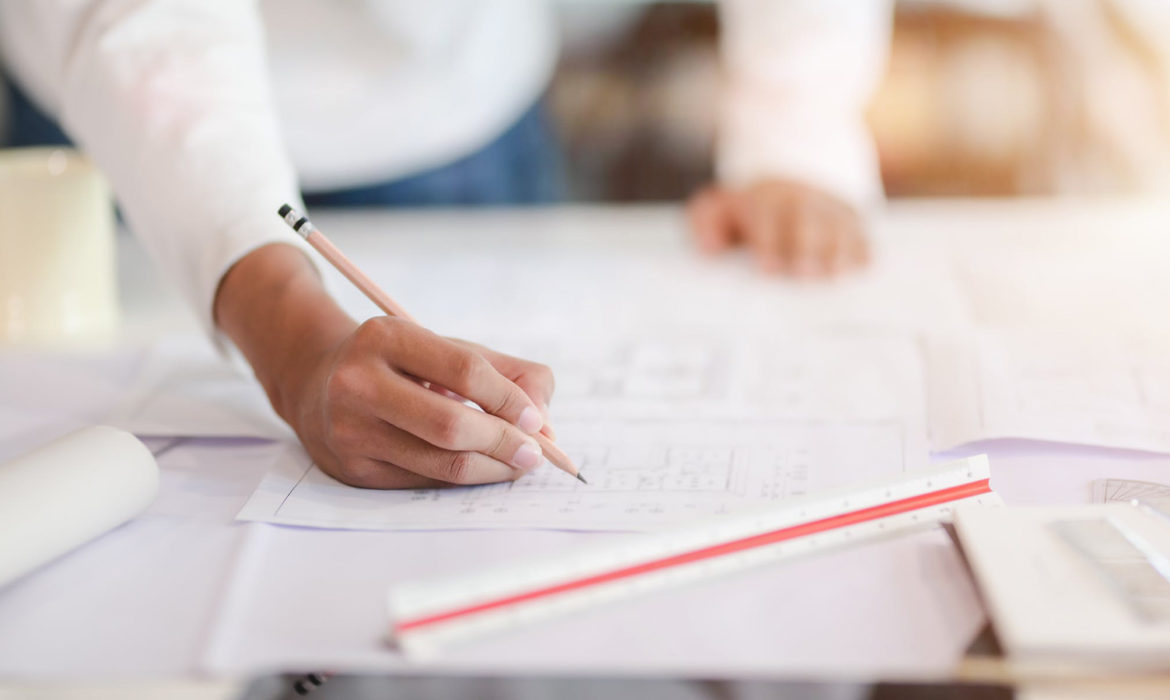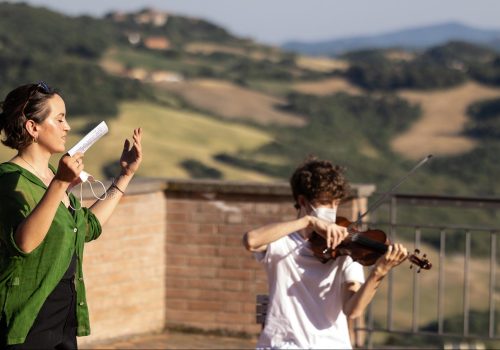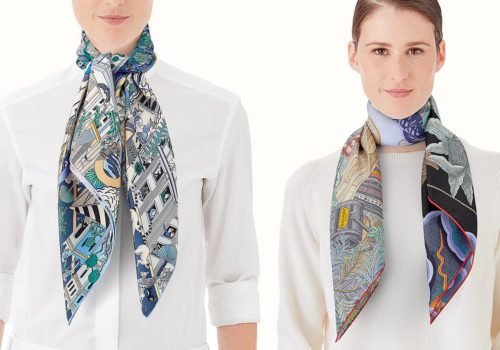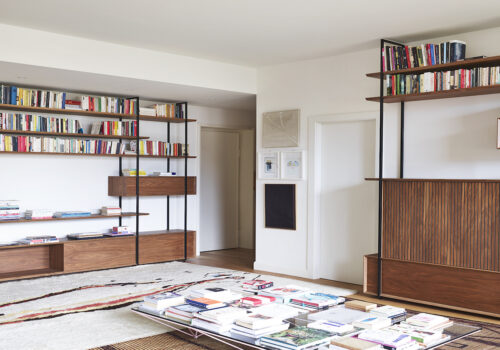Hi-tech masks, individual sanitizing devices and new platforms to manage urban space
After 41 days of lockdown and with the start of Phase 2 on the horizon, the attention of public opinion is shifting towards “what comes next”. How will we face the imminent crisis of the global economy? What will be the best model to adopt to avoid this ever happening again? And how will life change in coming years? This is an emergency on the global scale, and many people expect that the answers must necessarily come from the political world, from the people who administer nations, regions and cities.
But at the same time, the emergency has attracted the attention of professionals that do not belong to the sphere of health care or scientific research.
Designers, architects and engineers belong to categories that do not necessarily have to think about social and economic macro-systems. But thanks to their specific knowledge, they can provide human-scale solutions to address the slow process of returning to normality in the coming months.
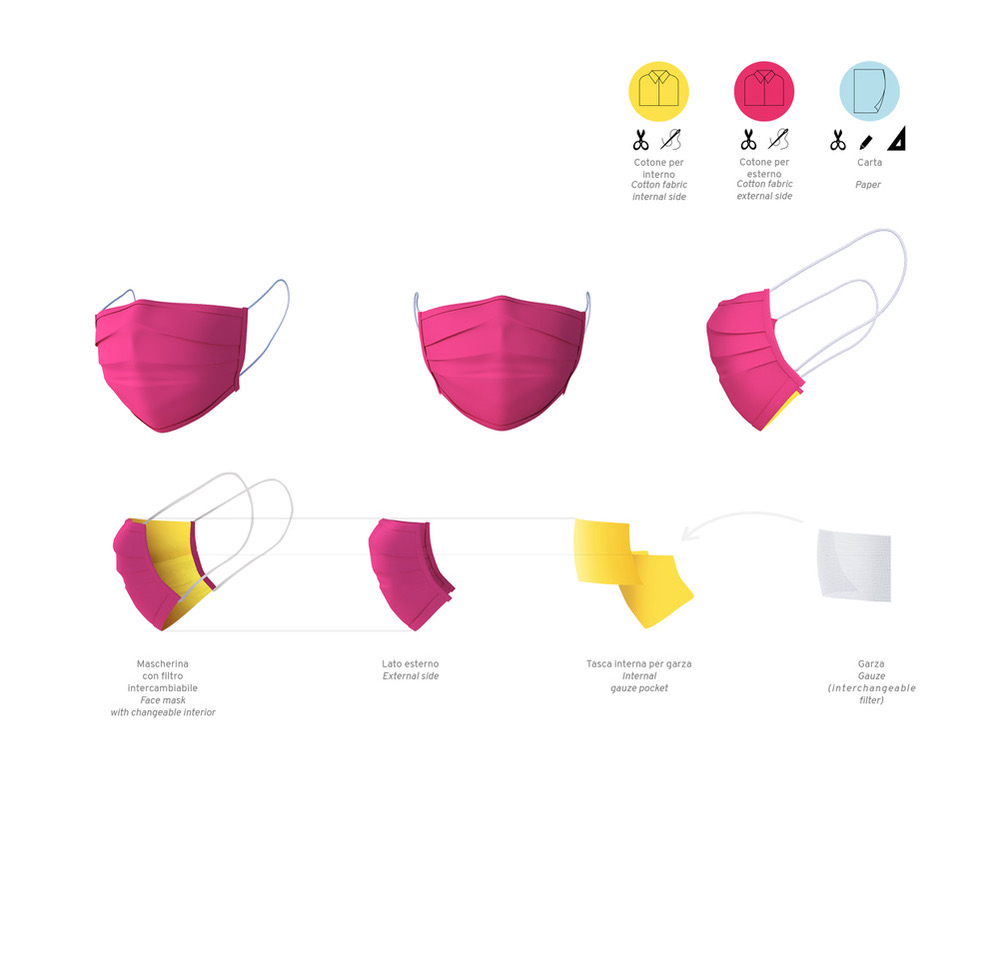
© Studio C+S Architetti
These skills are not as much in the public eye, but it is thanks to them that the snorkelling masks produced by Decathlon were re-adapted as useful equipment to make up for the lack of ventilators in hospitals around the world.
But of all the devices used, the one that will symbolize the year 2020 and the Covid 19 pandemic is without a doubt the protective mask. A device that until just a few months ago was reserved for health care workers and today is literally on everyone’s face. Given how important it is in the fight against spreading the virus, and the fact that we may need it for a long time, it is the personal protective equipment on which innovators are focusing most of their attention
Masks. While the most famous cases are the fashion houses such as Prada, Louis Vitton e Armani, cwho have converted parts of their factories to produce gowns and masks on a large scale, there are hundreds of proposals conceived with the purpose of making it easier to use this equipment or to reduce its visual impact.
This is the case of the project conceived for children by Oliver Perretta. Using an industrial fabric, he has created face masks that imitate the faces of some of the animals children like best, such as bunny rabbits.
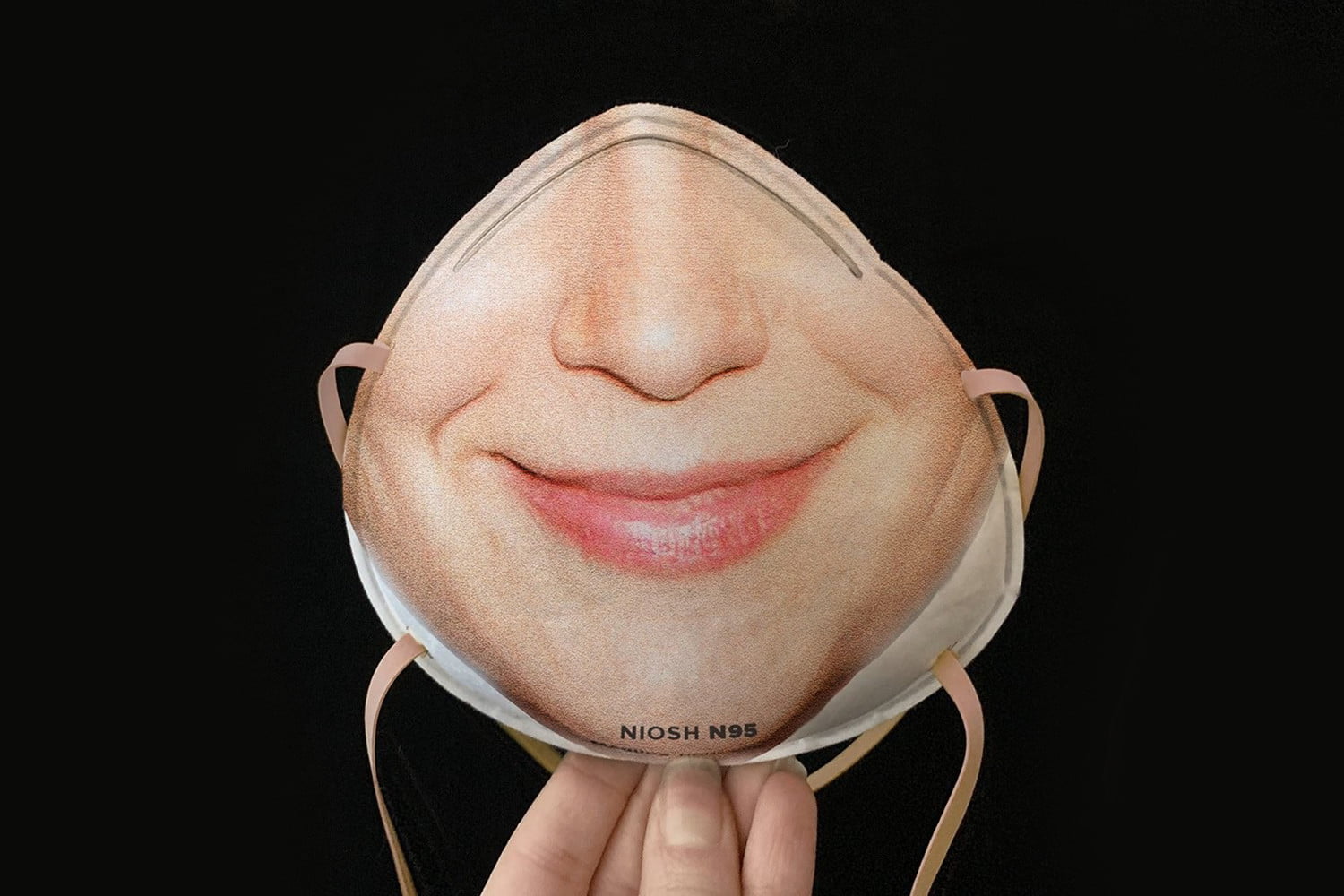
Mascherina © Danielle Baskin
Danielle Baskin, an American designer, has proposed a protective device on which she prints the face of the person wearing it. The reason? To allow facial recognition by latest generation smartphones, and to show others what we “normally” look like.
A more high-tech solution is the Nanobreeze mask. Initially conceived to address the problem of growing smog levels, thanks to a small incorporated electric fan, it responds to the requirements of people who want to exercise outdoors and avoid any risk of contagion.
From Italy and the C+S Architetti, studio in particular, comes a small printable handbook with instructions and illustrations with patterns for the masks and the places where the user must cut out and fold the sheet, like an origami. That will make it possible to make masks with interchangeable filters using materials commonly available at home: paper, cotton and gauze.
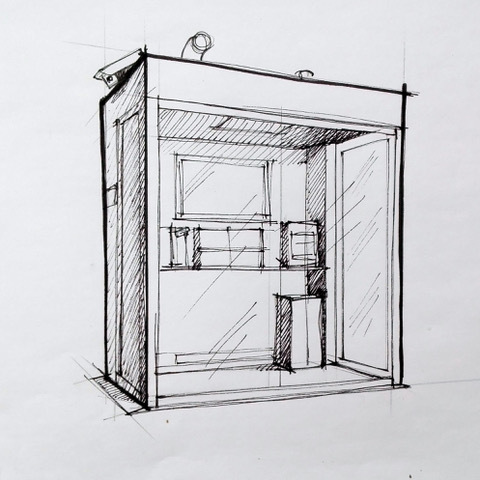
Isola. Schizzo di progetto © Faram
Interior design. Also from Italy, Faram, announces Isola. This device responds to another need for the near future, to sanitize objects and people before they enter public and private spaces. It’s a glass portal with restricted access, which allows users to don their personal protective equipment in an environment sheltered from any type of contamination.
The inside of the structure, which is equipped with devices such as gloves and masks available in dispensers, is constantly sanitized by mechanical ventilation. The disinfecting floor makes it possible at the same time to eliminate the pathogens found on the soles of our shoes.
Platforms. Two Sicilian architects are responsible for the proposal that more than any of those mentioned above, turns its perspective not just to individuals and the near future, but to cities and a long-term vision. The name is Kassandra, and it is an innovative tool for urban planning and resource management, conceived to respect the environment and to improve the quality of life.Both of these were key issues, even before the current emergency.
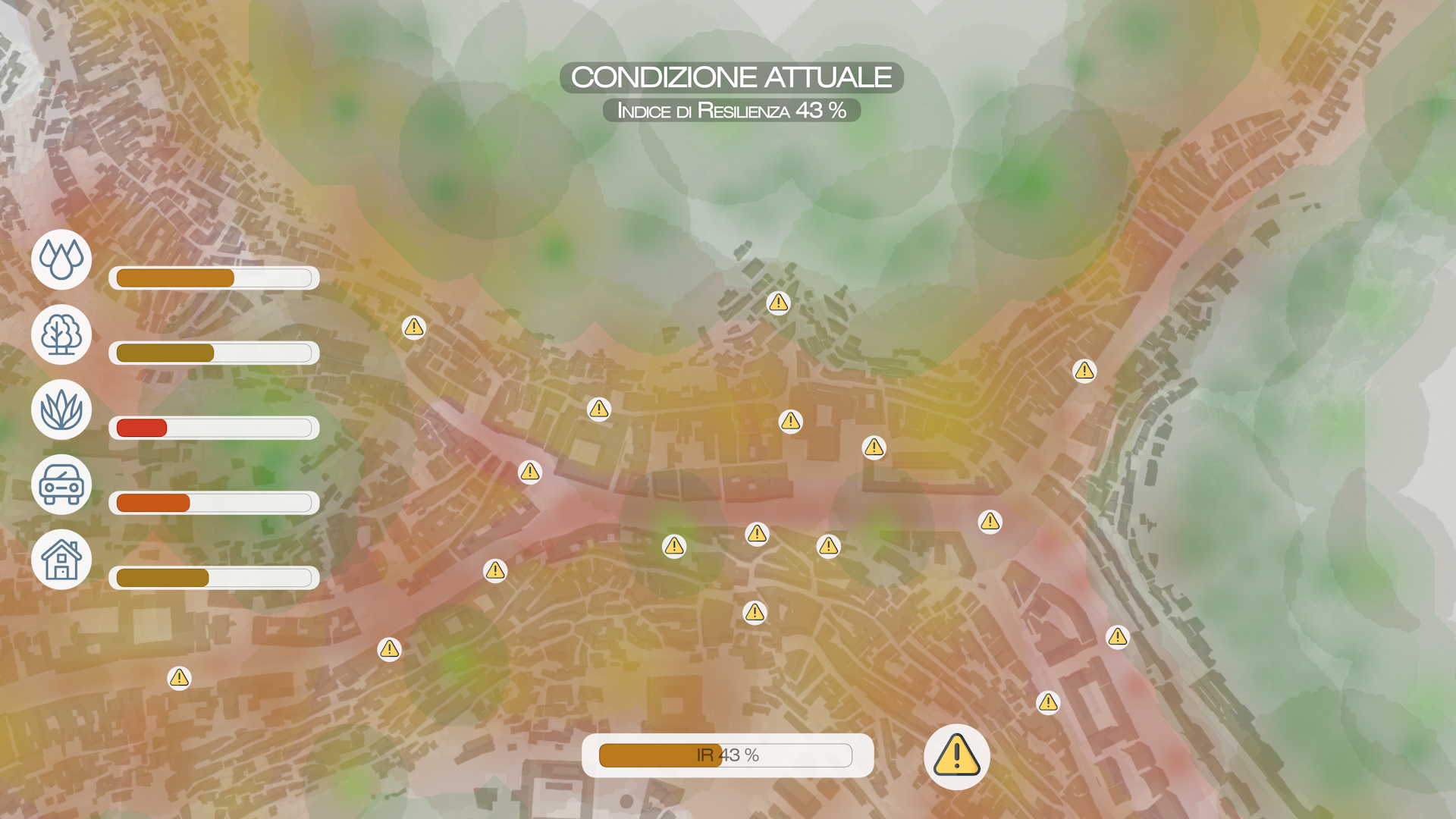
Mappa indice di resilienza © Kassandra
Mark Cannata and Antonio Stornello, the two designers who conceived the idea, were moved by the desire to develop a tool that supports decision-making by public and private institutions, an important factor in starting up again after the current health emergency.
«The Covid-19 crisis taught us three things», say the two architects. «The first is that it is important to gather as much information as possible to analyse, interpret and transmit to the decision-makers. The second? We have seen that you can ask people to make incredible efforts, but the important thing is to give them a goal, a prospect. The third is awareness of swarm behavior: we have seen that the positive action of one individual serves as a social incentive to others and that it is essential in achieving concrete results in the short term».
© ALL RIGHTS RESERVED
translation by Olga Barmine


